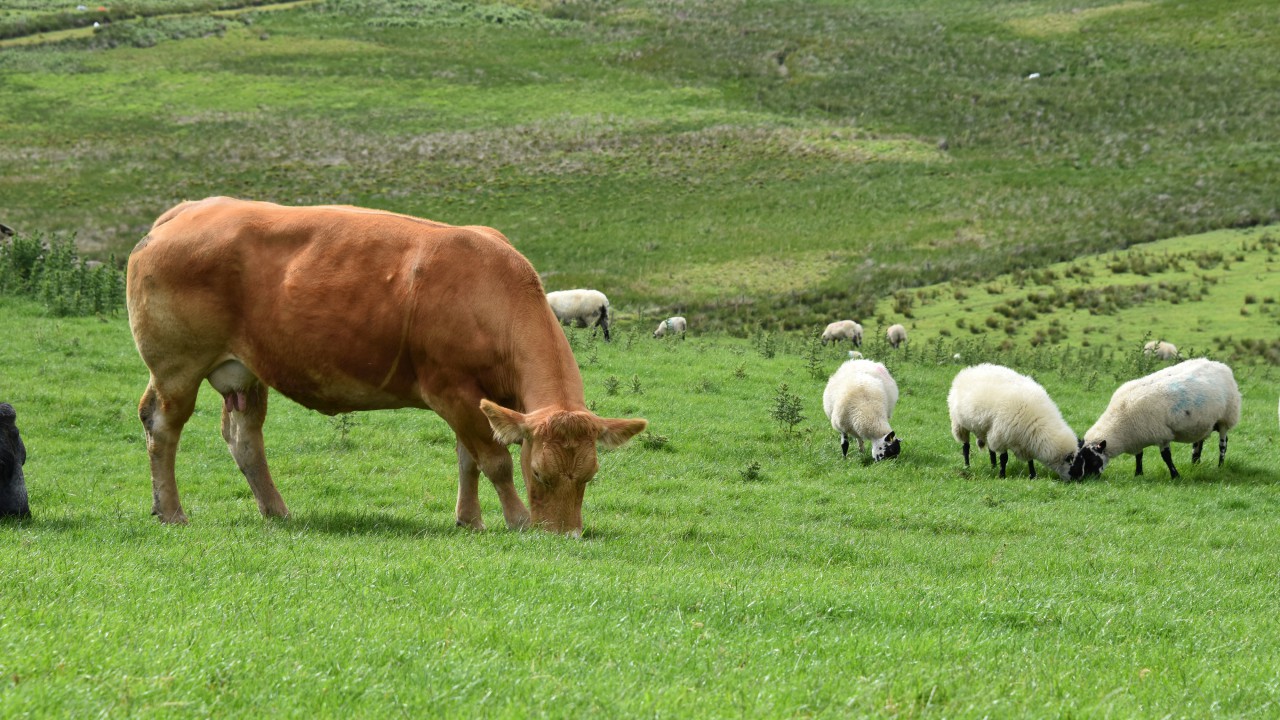A new research project is aiming to improve production efficiency in the UK by enabling farmers to determine the optimum mature size for both beef cattle and sheep.
The researchers, from AbacusBio International and Scotland’s Rural College (SRUC), will study how different mature weights, in both upland and lowland livestock, affect issues including herd fertility and business profitability.
The project, which has been jointly funded by Hybu Cig Cymru – Meat Promotion Wales (HCC), AHDB and Quality Meat Scotland (QMS), will then develop techniques and tools which pedigree breeders and commercial farmers can use to ensure they achieve the optimum mature weight for their enterprise.
John Richards, industry development and relations manager for HCC, said: “Bigger is not always better when it comes to breeding livestock.
Production systems have to balance maximising the output against the potential drawbacks of breeding larger animals in terms of production costs and other factors.
“The optimum mature size of breeding animals is, therefore, a key issue for research, which can provide valuable information for farmers.”
Size matters
For Tim Byrne, managing director of AbacusBio International and project lead, slowing down the trend for larger livestock is vital.
He said: “If we take the UK as a whole, and we know that we have about 14 million sheep and two million cows, what happens to our industry if the weight of those animals keeps going up?
“We know that is the general trend and that growth rates are also rising, but we are not finishing these animals any younger, what are the implications of that? The benefits of bigger animals can quickly be diluted by increased on-farm costs.
This project will demonstrate exactly what producers should be trying to achieve to maximise their productivity and profitability.
A key part of the study will be the understanding the genetics of existing traits for growth, and their relationship with the mature size of the breeding cows or ewes.
Professor Eileen Wall, SRUC, added: “More recently, we have been able to use a wide range of industry data sources to begin to see the variation in mature size in our livestock species across the UK.
“This has fed into improvements in the national greenhouse gas inventory and helped benchmark where we are as an industry today. The project will explore some of the causes of the variations we see on the ground to inform where we could get to in the future with our red meat production.”
The project results are expected to be available by the middle of next year.

